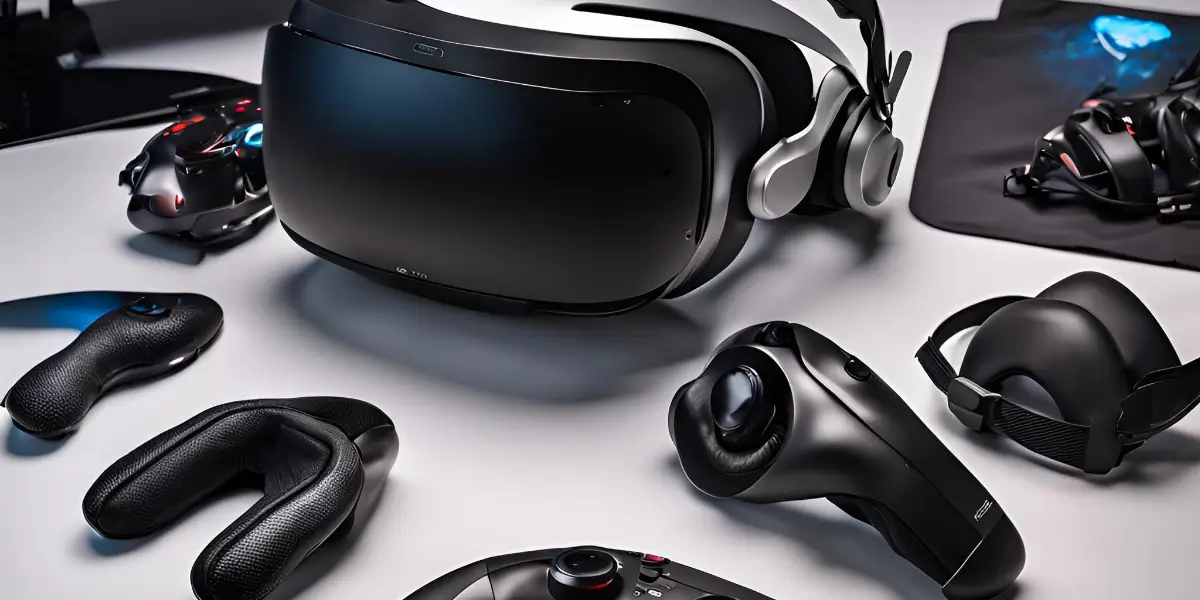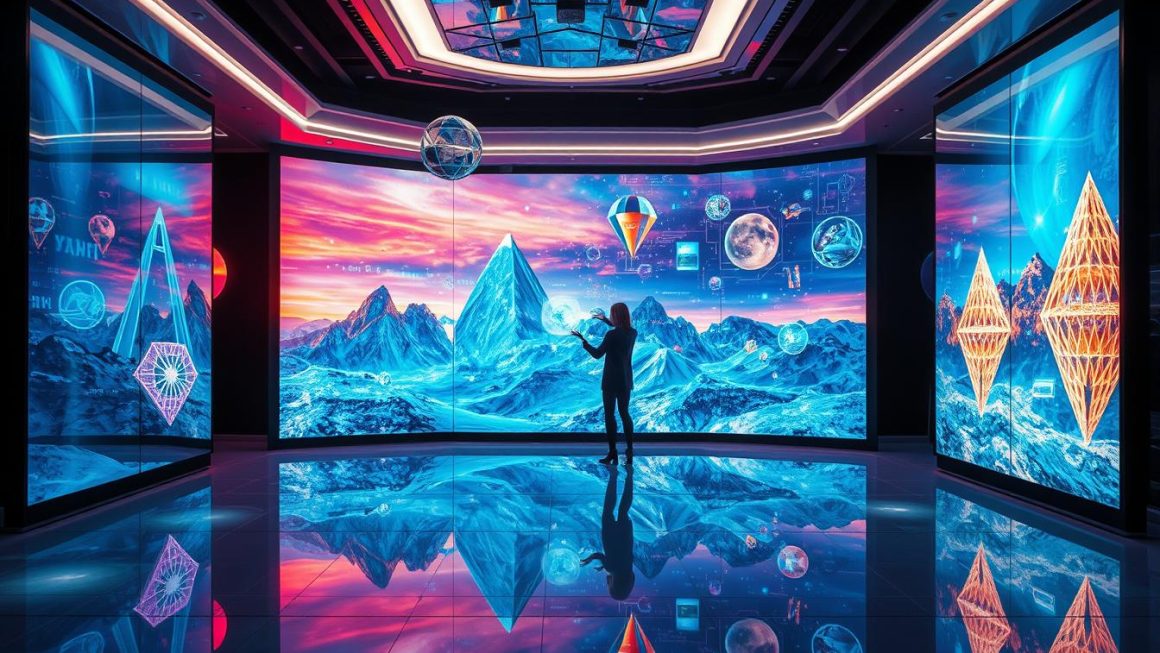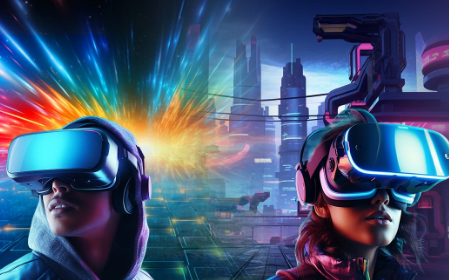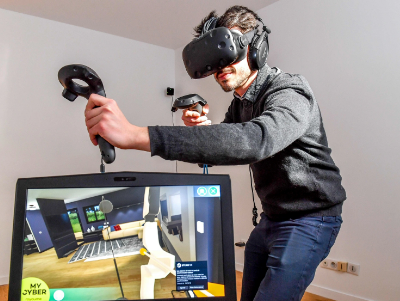The rapid evolution of virtual reality technology has transformed digital experiences from simple gaming to immersive worlds of endless possibilities. Yet, achieving the full potential of VR requires more than just a basic headset. In 2025, as VR technology becomes increasingly sophisticated, choosing the right accessories has become crucial for creating a truly immersive experience. This comprehensive guide explores the essential VR accessories that can elevate your virtual reality setup from basic to extraordinary, focusing on both cutting-edge technology and practical functionality.
Current State of VR Technology and Market Trends 2024-2025
Virtual reality has evolved beyond gaming into education, healthcare, and professional training. Recent advancements in processing power and display technology have made VR more accessible and powerful than ever. Market analysis shows a 45% growth in VR accessory sales from 2024, driven by increased home office adoption and entertainment demands. The integration of AI-enhanced tracking and wireless solutions has revolutionized how we interact with virtual environments, while improvements in ergonomic design have made extended VR sessions more comfortable than ever before.
Core VR Accessories: Premium VR Headsets
The foundation of any VR setup lies in choosing the right headset. Modern VR headsets have transformed dramatically, offering crystal-clear 4K resolution per eye and smooth 120Hz refresh rates that virtually eliminate motion sickness. Advanced eye-tracking technology now allows for more natural interaction, while improved weight distribution means you can stay immersed longer without discomfort. Whether you’re a professional user or enthusiast, selecting the right headset is crucial for creating an optimal VR experience.
Advanced VR Controllers: Precision and Immersion
Advanced VR controllers have become essential for creating truly immersive experiences. Modern controllers incorporate haptic feedback technology that simulates realistic touch sensations, from subtle vibrations to complex textures. The latest models feature improved motion tracking with sub-millimeter precision, ensuring your virtual movements match reality perfectly.
Battery life has also seen significant improvements, with new controllers lasting up to 15 hours on a single charge. Ergonomic designs now accommodate different hand sizes and grip styles, reducing fatigue during extended sessions. Many controllers also include programmable buttons and gesture recognition, allowing for customized control schemes across different applications.
Professional-Grade Audio Solutions
Audio quality can make or break your VR experience. Today’s VR-compatible headphones deliver precise spatial audio that accurately positions sounds in 3D space. High-end models feature active noise cancellation to eliminate real-world distractions, while low-latency wireless technology ensures perfect synchronization with your movements.
Specialized VR Equipment for Enhanced Immersion
Movement tracking systems now offer full-body tracking capabilities using compact sensors. These systems capture subtle movements from head to toe, translating them into fluid virtual actions. Advanced haptic suits add another dimension by providing physical feedback across your entire body, while VR treadmills enable natural walking and running motions in confined spaces.
Setup Optimization and Room Requirements
Proper VR setup requires careful consideration of your space. A minimum play area of 6.5 x 6.5 feet ensures safe movement, while proper lighting helps tracking sensors function optimally. Modern cable management systems keep wires organized and prevent tripping hazards. Strategic placement of base stations or cameras maximizes tracking accuracy while maintaining a clean aesthetic.
Maintenance and Care for VR Accessories
Proper maintenance extends equipment lifespan and maintains performance. Clean lenses with microfiber cloths only, using specialized VR cleaning solutions for stubborn spots. Store headsets and controllers in dust-free environments, away from direct sunlight. Regular firmware updates ensure optimal performance and compatibility with new applications.
Future Trends in VR Accessories
Emerging technologies include neural interface controllers, advanced eye-tracking systems, and improved haptic feedback. Manufacturers are developing lighter, more powerful wireless headsets with extended battery life. AI integration is enhancing motion prediction and reducing latency, while new cooling systems enable longer play sessions.
As explored in our article Virtual Reality Technology in 2025: Revolutionary Applications Transforming Healthcare, Education and Training, VR applications extend far beyond gaming into professional and educational sectors.
Smart Buying Guide and Recommendations
Consider compatibility with your existing setup before purchasing accessories. Premium headsets range from $300-$1000, while quality controllers cost $100-$300. Look for warranties covering at least one year. Buy from authorized retailers to ensure authenticity and support. Focus on comfort features for long-term use.
Conclusion: Investing in Your VR Experience
The right VR accessories transform virtual experiences from basic to extraordinary. Quality headsets, controllers, and audio solutions form the foundation, while specialized equipment adds deeper immersion. Regular maintenance and strategic setup ensure optimal performance. As VR technology continues advancing, choosing quality accessories becomes increasingly important for both casual users and professionals.
Key Takeaways:
- Start with essential core accessories
- Consider room setup and safety
- Balance budget with quality
- Plan for future upgrades
- Focus on compatibility




